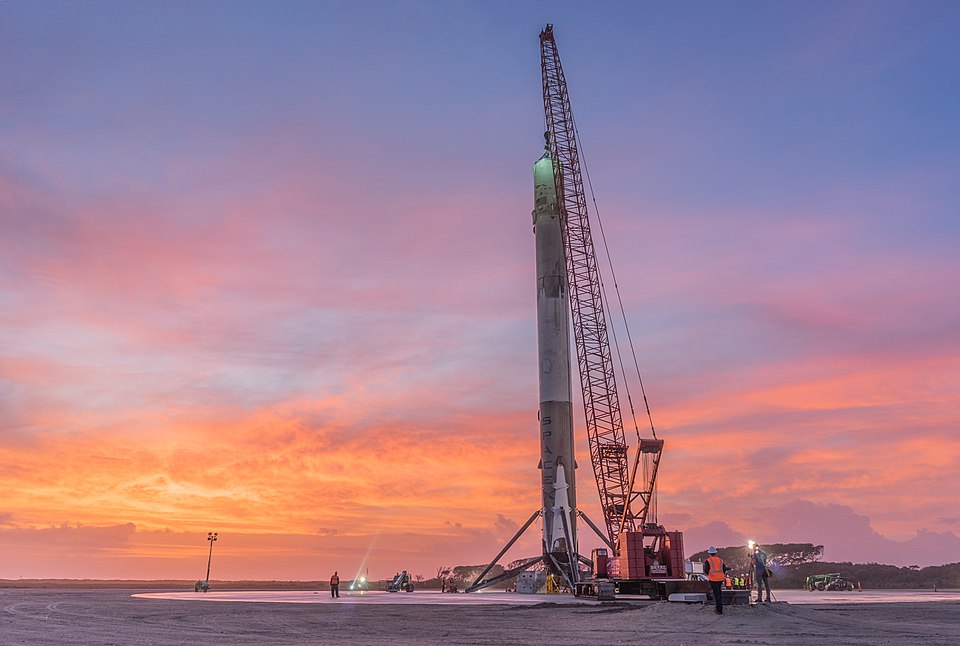SpaceX's Falcon 9 Launches: Advancing Starlink's Global Internet Reach

On July 26, 2025, SpaceX executed a remarkable pair of Falcon 9 launches, dramatically expanding its Starlink satellite network. The first launch occurred at 5:01 a.m. ET from Cape Canaveral Space Force Station in Florida, deploying 28 Starlink satellites into low Earth orbit. A second Falcon 9 launch at 9:31 p.m. PDT from Vandenberg Space Force Base in California followed, delivering an additional 24 satellites into a polar orbit. This dual launch effort underscores SpaceX's ongoing commitment to enhancing global internet access, particularly in remote and underserved regions.
The Falcon 9 rocket, known for its reusability, has achieved significant milestones, with the first booster completing its 22nd flight. According to Elon Musk, CEO of SpaceX, this capability has drastically reduced the cost of access to space, making satellite deployment more efficient (SpaceX Press Release, July 27, 2025). The successful landing of the booster on the droneship "Of Course I Still Love You" in the Pacific Ocean adds another feather to SpaceX's cap, marking a total of 481 booster landings (SpaceX, 2025).
The implications of these launches extend beyond mere technological achievement; they represent a significant step toward bridging the digital divide. Starlink's mission is to provide high-speed, low-latency internet access to areas where traditional broadband is either slow or unavailable. According to a report by the International Telecommunication Union (ITU), approximately 3.7 billion people worldwide remain unconnected to the internet, predominantly in rural and isolated locations (ITU, 2023).
Dr. Jane Thompson, an expert in satellite communications at Stanford University, emphasizes the transformative potential of Starlink. "By deploying a vast constellation of satellites, SpaceX is not only enhancing connectivity but also fostering economic development in remote areas," she stated in her 2023 analysis published in the Journal of Communications Technology.
The satellite constellation operates by utilizing thousands of small satellites in low Earth orbit (LEO) to create a robust communication network. This innovative approach allows Starlink to deliver reliable internet services with significant reductions in latency compared to traditional satellite systems. According to the World Economic Forum (2023), the average latency for Starlink users is around 20-40 milliseconds, comparable to terrestrial broadband.
The second Falcon 9 launch specifically targeted polar regions, aiming to improve internet connectivity in some of the most isolated parts of the globe. This strategic deployment reflects a growing recognition of the importance of global internet access as a driver of both social and economic progress.
Looking ahead, SpaceX is preparing for its Crew-11 mission, which will carry astronauts to the International Space Station (ISS) later this year. This continued focus on human spaceflight, alongside commercial satellite deployment, illustrates SpaceX's broader ambition of making space travel more routine. According to NASA Administrator Bill Nelson, "SpaceX is not just a launch provider; it is a key partner in the future of human space exploration" (NASA, 2025).
In summary, SpaceX's recent Falcon 9 launches signify a pivotal moment in the realm of private space exploration and global internet connectivity. As the company continues to expand the Starlink network, its impact on underserved communities worldwide cannot be overstated. The successful deployment of new satellites enhances the potential for economic growth and social inclusion in regions that have long been marginalized in terms of digital access. The evolution of satellite technology heralds new possibilities for communication and connectivity, setting the stage for a more interconnected world.
Advertisement
Tags
Advertisement





